
EARTH
VISION?
What is our vision for the future? How can we restore nature to its glory?
How do we get clean waters again?
What would our planet look like worldwide, if all families would manage their own acres of land?
And is it also feasible for my country?
ACHIEVABLE?
To start with the last question, yes. Because why not?
For small and densely populated countries or areas however, such as the Netherlands, every hectare must be inhabited on average by four (or more) people. Say standard family size.
Here it is calculated that the towns and villages continue to thrive as they currently are, although probably smaller and a lot greener.
This is to be expected because not every citizen aspires to live in the countryside!
COUNTRY SIZE?
To continue with the Netherlands as an example, this small country has around 1.85 million hectares of agricultural land. In figures it is 1,850,000 ha. That is slightly more than half of the total area.
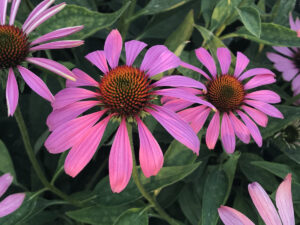
GOOD NEWS
But the good news is, taking into account all the factors mentioned, that almost half of the 17 million Dutch inhabitants can manage hectares, when each hectare is managed by a family of four or more.
MORE GOOD NEWS
On a broader perspective, according to the calculations of the Veerhuis Project in the Netherlands, there are two hectares of agricultural land per person available on our planet!
TRANSITION PROJECTS
Many acres of agricultural land are also available within cities or close to the periphery.
HECTARE-UNIT GUIDELINES
These can be managed with hectare-unit guidelines. This way they can be used as vegetable gardens, fruit orchards and leisure parks.
MANAGEMENT BY THE POPULATION
And what do you think of horticulture management by the population itself?
Preferably locations are selected in quiet areas for urban-to-green transition projects (far away from highways).
PERMANENT LOCATIONS!
And to establish the allotments with long lasting value for our communities, the appointed locations must be permanent!
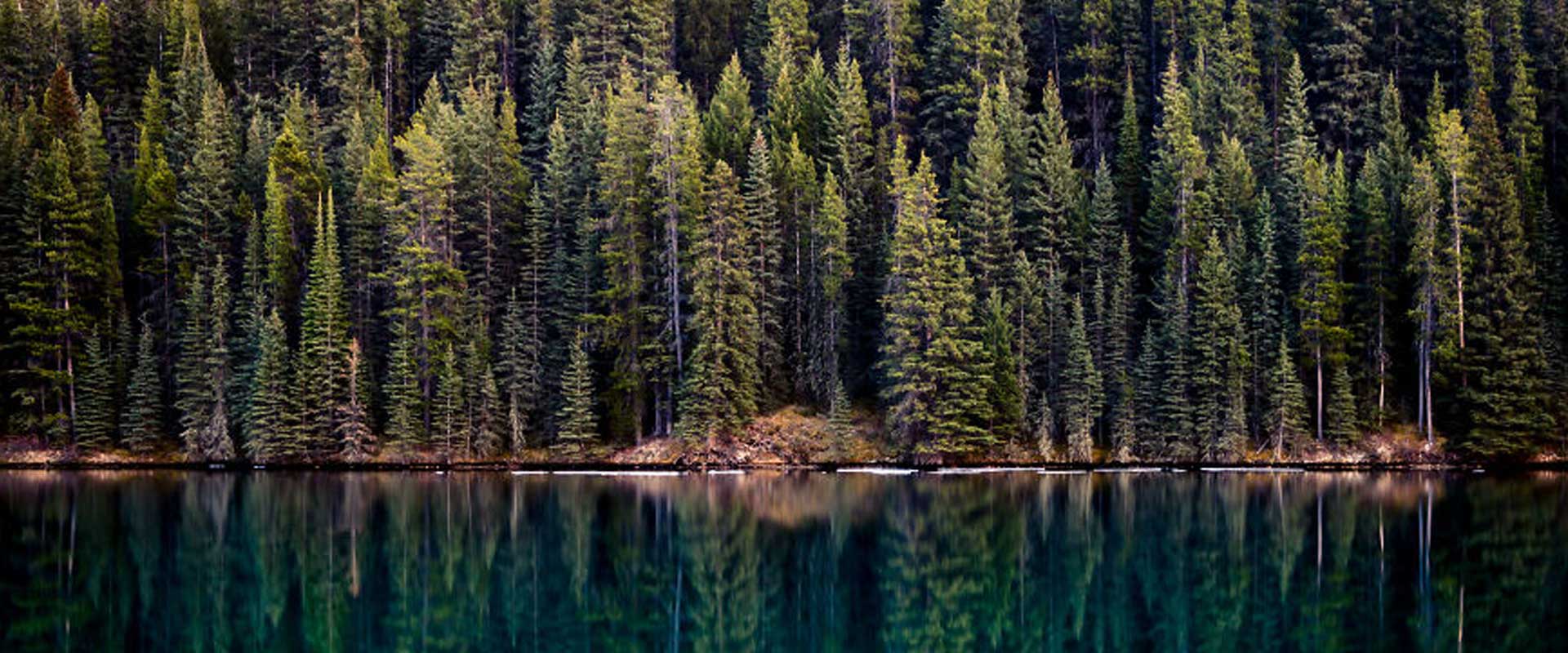
GUIDELINES BY CITY COUNSILS
It would be wonderful if the city counsils can establish guidelines for managing the hectare-units. This includes for local citizens the mandatory set up of a green ‘living fence’ around the hectare with trees and bushes. Also mandatory is the planting of one quart hectare forest. This could consist of fruit orchards, nut trees, evergreen trees and berry bushes.
On the ‘free’ land one could consider the maintainance of vegetable gardens, including small fields with grains, herbs and flowers. How the plot of land is actually designed depends on the co-creation of the local citizens theirselves, preferably facilitated by their local governing agencies and or experienced gardeners. However, there may not be commercial interest or ownership by the regulators.
One can also consider recreational parks, and the planting of evergreen trees and forests outside the appointed hectares. Thus a new connection is established between people and nature in several ways!
A NEW GRID
In the first decade of this 21st century, a plan was designed by Lex Veelo (1944-2012) for a hectares village in the Netherlands. It was called: ‘Anastasia Dorp’. A ‘dorp’ is a village. Every hectare here has the shape of a regular hexagon.
A hexagon has six sides that are the same length, and six regular angles à 120o. Interestingly, the word ’Hexagon’ stems from Greek language, where ‘Hexa’ = Six and ‘Gonos’ = Angle.

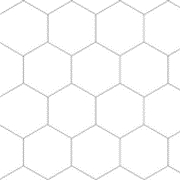
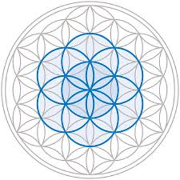
SOLID AND FLEXIBLE
The geometrical form of a hexagon is very solid and flexible at the same time, and for several reasons:
- All other geometric shapes are enclosed, such as circle, rectangle, triangle and square. This gives all families or managers of estates the freedom to create a unique layout for their own territory.
. - When several regular hexagons are placed next to each other, a hexagonal pattern is created (just like a bee-comb). Circles can be formed at all corners with adjacent hexagons. This creates a ‘flourishing’ pattern that is called ‘Flower Of Life’.
. - An additional advantage is that the pattern can be reduced or enlarged fractally. On a larger scale, the total plot of land of the hectare village also has the shape of a regular hexagon.
. - A hexagonal structure smoothly spreads over a spherical shape without distorting the pattern. In principle, it can therefore be laid as a grid over the entire globe, and run invisibly through the seas and forests or inhospitable areas.
Conclusion?
From a future perspective, hectares-villages offer enormous advantages. The hectares-villages have been created through a liveable structure (the grid) with social cohesion (the center of the village and the surrounding family domains).
This enables the largest group of people to manage our natural environment. This means helping nature to regenerate, using it efficiently, and maintaining it permanently. This is how we become true guardians of our planet again!
Infra Structure
The design also offers many advantages for the infrastructure. For example, most hexagonal hectares in a hectares-village are adjacent to each other with six sides, and six outer corners, the vertices.
There is an exception for the hectares on the outskirts of the village, as well as the hectares around the centre. Those have only two or three sides and vertices in connection with the adjacent hectares.
Creating Clusters
By clustering ground around the vertices of one hectare to a neighbouring hectare, one can create something unique for that spot. For instance one can create a large pond. Such a pond is then shared and managed by the three neighboring hectares, saving space for the remaining land of the respective neighboring grounds.
One can also choose accommodation for three or four under-one-roof. For instance, for housing, for the shared installation of electricity, for water supply and combined heat source.
Other facilities can also be shared in management by connecting the ground around the vertices. Consider, for example, shared pasture land, stables, storage space, greenhouses, or a large storage shed.
Group Forests
And what happens when the managers of family domains put their quarter hectares of forest togeter?
When there are two adjacent family domains, a small scale forest surface of half a hectare or 1.2 acres is created.
If the quarter-hectare forests of three family domains are placed together on a three hectare point, a forest with a total surface area of three quarters of a hectare is created!
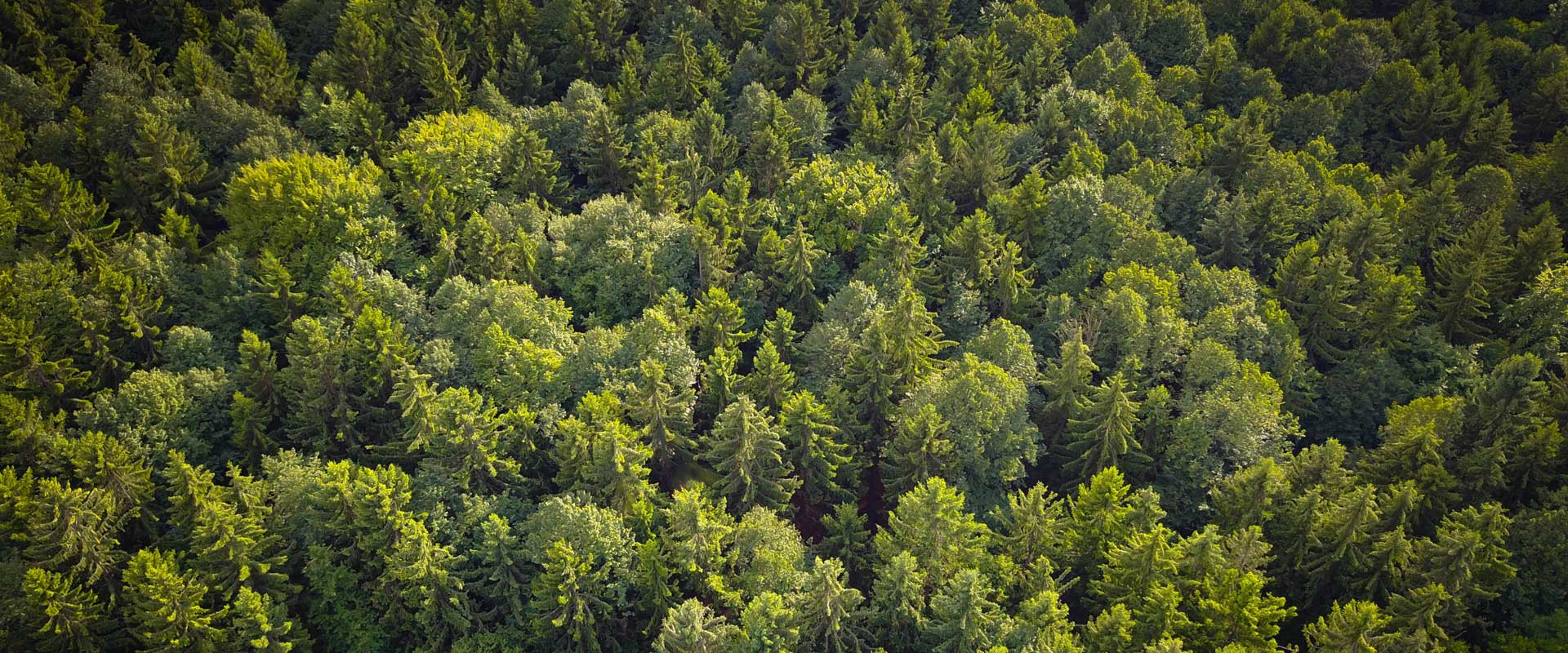
In this way, small scale forests of almost one hectare in size -1.8 acres- can arise in a whole hectares village.
Along The Sidelines
Naturally, the quarter hectare forests can also be placed along the sidelines of the hectares. If a neighboring hectare on the same side places a quarter hectare of forest, half a hectare of forest is also created.
Hectares Forests
With a village pattern of hectares in the form of squares (so each square hectare is then 100×100 meters), even four quarter-hectare forests can be placed together, since a square has four corners.
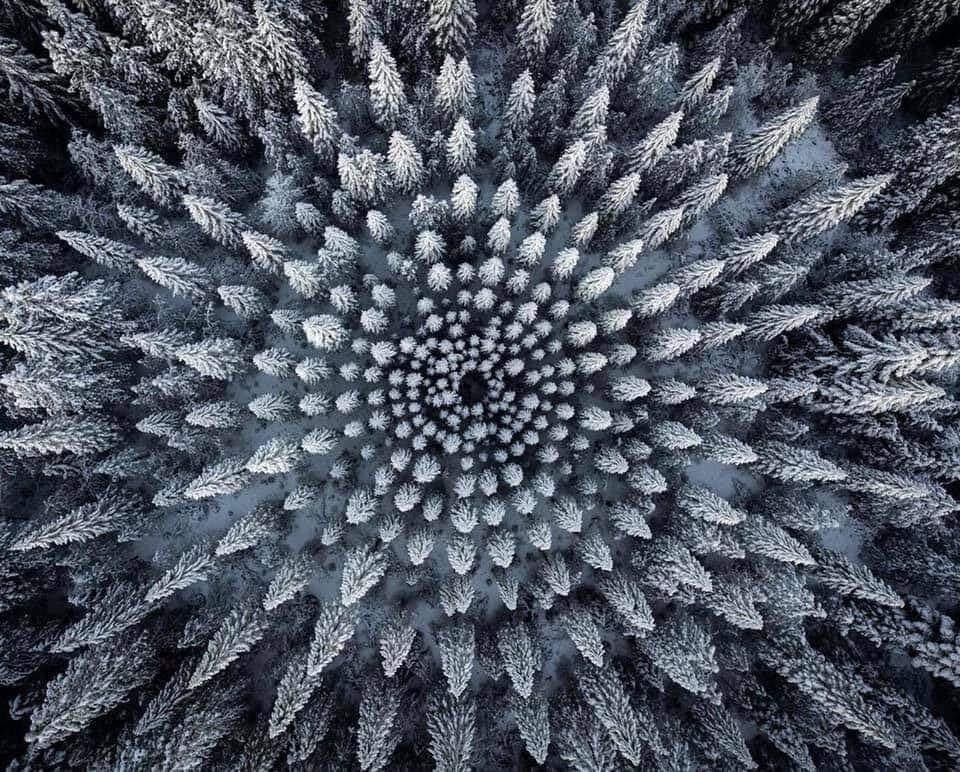
What if the managers of four adjacent family domains decide to place their quarter hectares of forest together? Then a total of one hectare of forest surface will be created! So one ‘Hectare Forest’, thus 2.4 acres forest. In this way, even several hectares of forests can be created in a hectares village.
This cluster formation of forests in half, to three-quarters, to whole hectares, can of course be created in any other composition of the surface. So for example, even if all hectares have a different shape, as is often seen in the Netherlands today as a kind of ‘patchwork’ pattern, it is still possible to create many hectares of forests.
Migration Space
The hectares of forests can also be linked together by means of green connecting roads. In this way, migration space can also be created for livestock and wildlife.
By clustering quarter hectares of forests, the hectare grid is filled with a larded wooded green landscape, sizzling with biodiversity.
When several hectares villages are situated close together, this green pattern becomes visible as infrastructure in a larger area. Perhaps even across the country. So in fact this is how
The Earth Hectare Grid arises.
Do you ever think of the days gone by, when nature was still untouched? Who knows, we might get that back someday, but we have to do something for that.
In this way we become aware again of the importance of nature and prosperity for everyone and all living beings. Who knows, we can make something beautiful together!
Continue Reading: WATER

